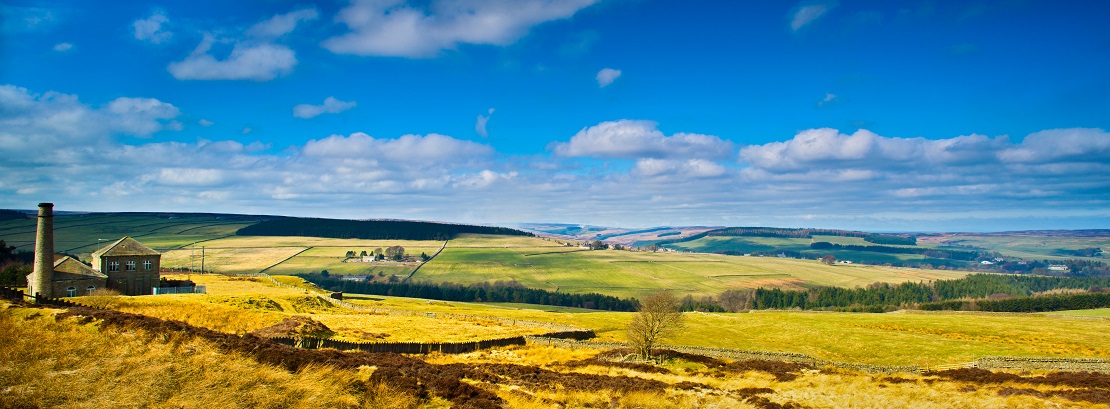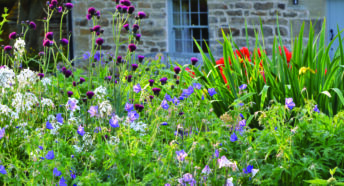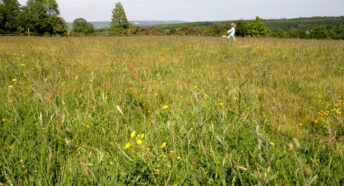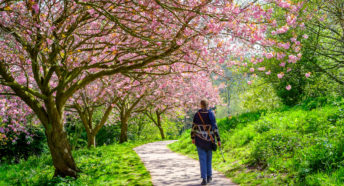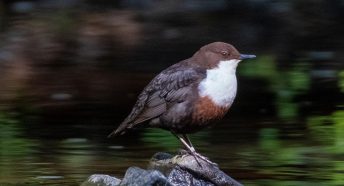A month in the countryside: connecting with nature in March
In the third of her exclusive monthly columns for CPRE, Susie White gives us her tips on what to look out for in nature – celebrating what makes the North Pennines so special, as well as the everyday beauty that can inspire us all.
Living in this quiet North Pennines valley, there’s always something happening in my garden or in the surrounding fields. This morning I disturbed a sparrowhawk which flew off from by a shrub where it had been watching the blue tits. I might see a stoat investigating a stone wall, long-tailed tits doing acrobatics in the hawthorn, a roe deer crossing the field.
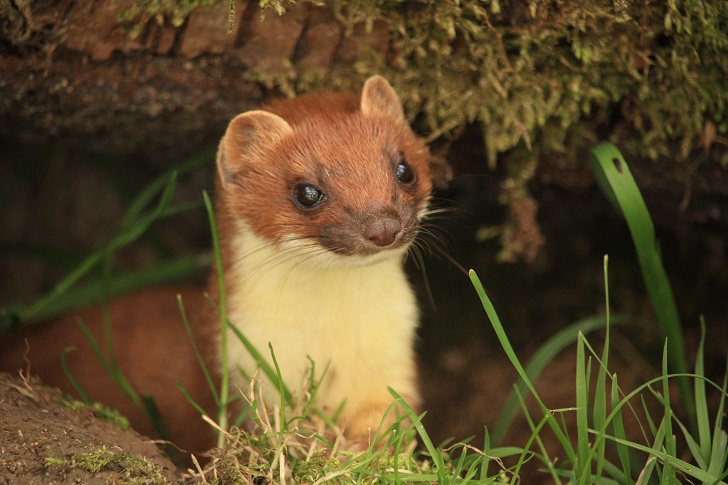
Cock pheasants are right now strutting their finery, facing off with loud competitive clucks crows and wing flapping. It’s that time of year when all of nature is gearing up for breeding, when spring is tangible in increasingly warm days and longer evenings.
Five ways to connect with nature this March
1. Try your hand at moth trapping
The Garden Moth Scheme begins each year in March and new recorders are always welcome. This citizen science project has run since 2003 and I’ve been recording the moths in my garden for several years now. As data builds up, patterns emerge providing valuable information.
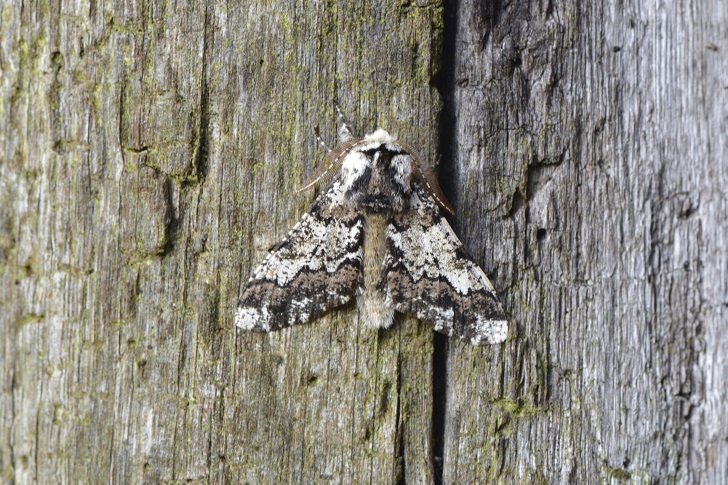
Moths are drawn by a bright light and are funnelled down into the trap. Here they rest until that magic early morning moment when I look to see what has been on the wing in the night. The range of colours, patterns and markings is breathtaking, from the bright green Emerald and exotic Hawk-moths to the lichen-like Oak Beauty or yellow Brimstone. It’s a way of showing children the wonders of the natural world and they can then help to release the moths at dusk.
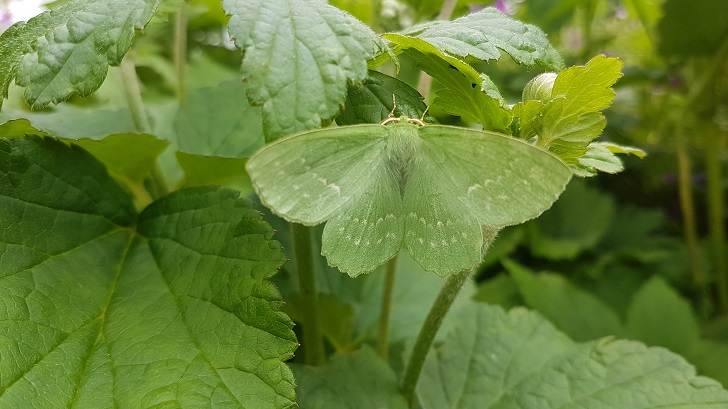
2. Get ringside for the boxing hares
Walking along a narrow lane, I can see a hare running down the road towards me. It’s March, the month when brown hares are so intent on courtship that they are much less wary. The hare slips through a gate into the field and I notice several more, behaving as ‘mad March hares’ do, despite the steady rain.
Their famous boxing is generally from females who, fed up with over-amorous males, have turned on their suitors to pummel them with their strong front paws. I watch a pair as they stand on their hind legs and spar, fur flying in tufts, before she leaps across his back to escape across the greening field until she’s ready to mate.
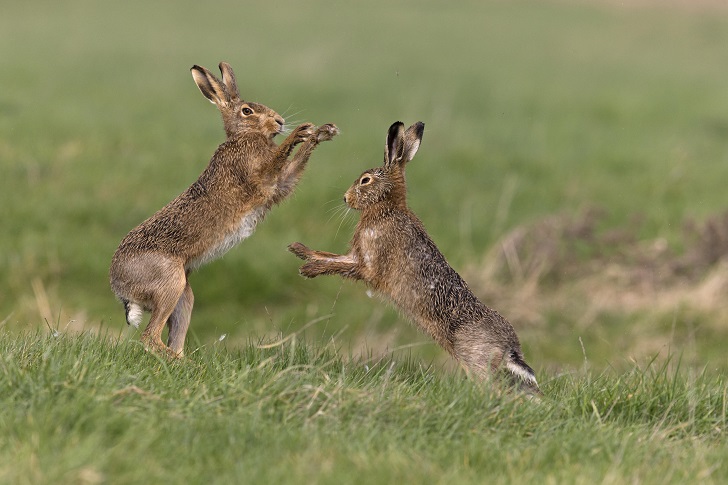
3. Notice new nesters
After wintering at the coast, the oystercatchers have come back to the valley to breed. I sit by the river with my binoculars watching a pair, newly arrived, as they examine a gravelled island in the middle of the river as a possible nest site.
Oystercatchers are dramatically patterned birds, strikingly black and white with long orange-red beaks for probing the turf for worms; bills that are strong for breaking into shellfish during their period by the sea.
Their loud ‘peep peep’ calls echo round the hills, especially when feeling threatened by a dog wading in the water. They often stand sentry on the drystone wall, calling noisily as I walk past.
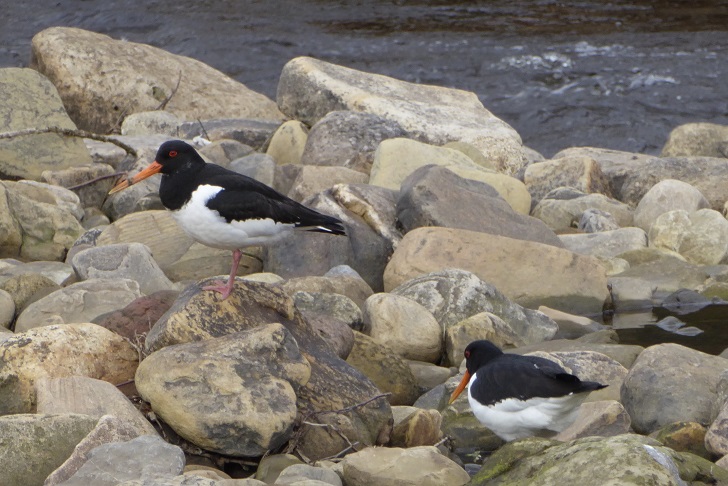
4. Join in the hunt for frogspawn
There’s frogspawn in a roadside ditch, a ditch that will probably dry up later on in the season. Frogs produce vast numbers of eggs to allow for the fact that so many won’t survive: eaten by herons, snakes, newts and many other natural predators.
Frogspawn is always laid in jellied clumps whereas toad spawn forms long strings like a beaded necklace. Even a tiny garden pond will host frogs and their fast-changing and developing spawn gives children a chance to learn about life cycles.
During last year’s lockdown, 17-year-old Hannah McSorley’s isolation project studying tadpoles attracted a huge online following, inspiring many to connect with this annual natural event.
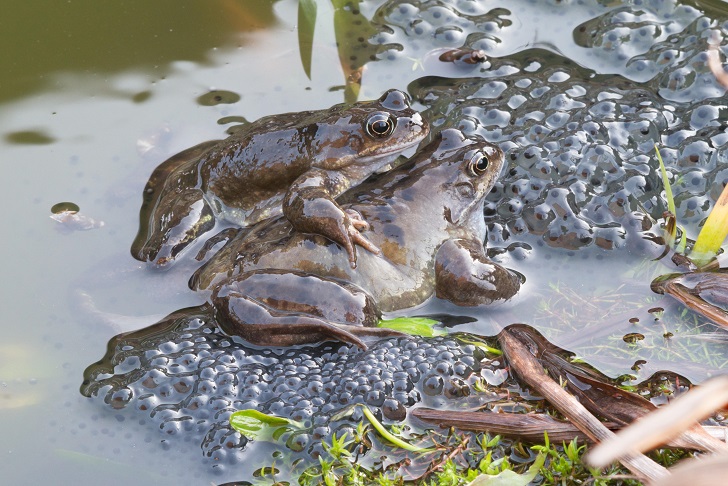
5. Look for life on trees
When I’m writing I am easily distracted by the wildlife that I can see through the window. It’s often just small movements that catch my peripheral vision and there are two birds that work their way across the trunk of the ash tree. One goes up, the other goes down: Treecreeper and Nuthatch.
Treecreepers, discreet, brown speckled with pale bellies, have needle-fine down-curved bills to probe amongst bark and lichen for insects and seeds.
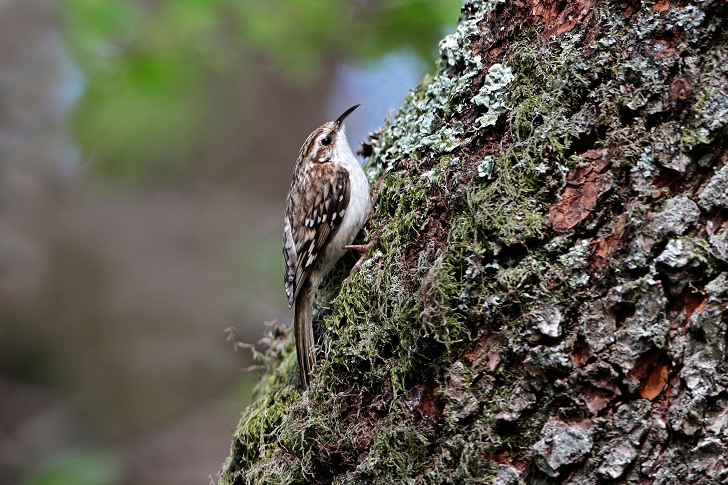
Nuthatches are easier to spot with their warm chestnut colouring beneath steely grey-blue backs. They descend head-first, tap-tapping the tree like woodpeckers. Listen out when you’re walking in a park and see if the bird you can hear is going up or down the trunk.
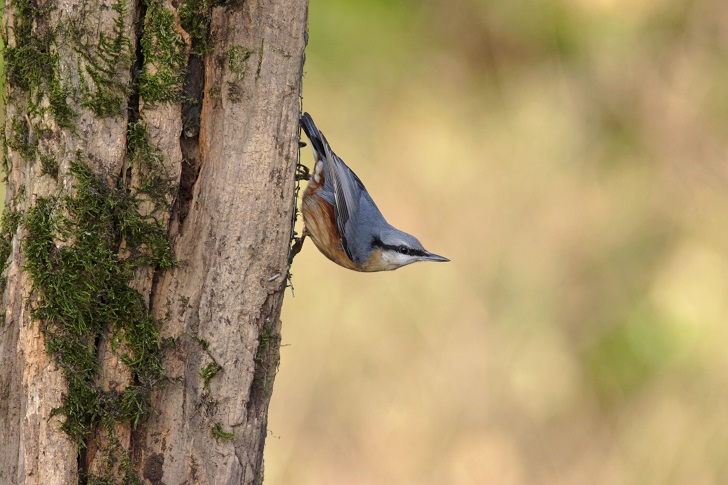
Susie White is a writer and naturalist who lives and gardens in a small valley in the North Pennines Area of Outstanding Natural Beauty. Its diverse mix of habitats and landscapes provides a rich variety of wildlife to observe and record – including through her regular Country Diary entries for The Guardian.
Read more of Susie’s observations and enjoy her great photos on Twitter @cottagegardener and remember to look out for her next CPRE column in April.
